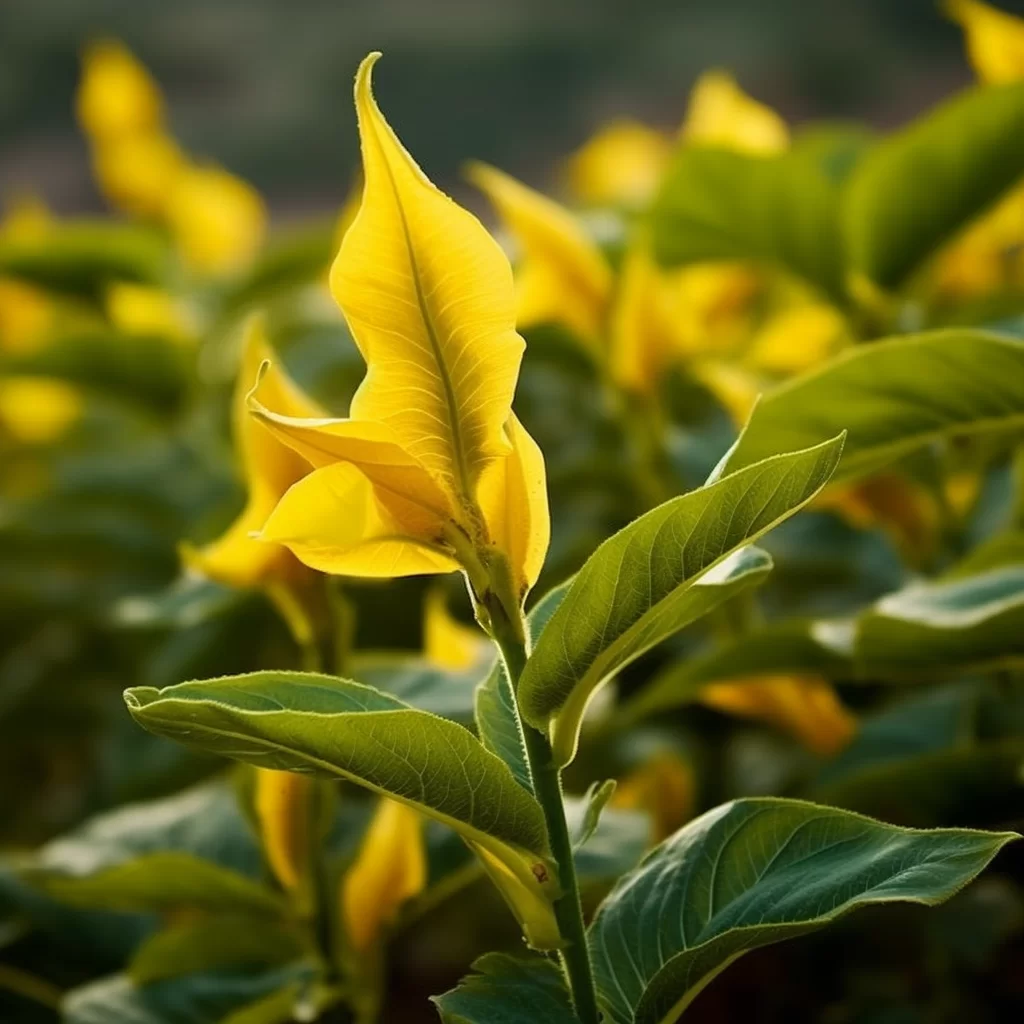Story of Day :
Contents
The Yellow Trumpet Plant: A Complete Guide and Care Tips
Are you looking for a beautiful plant to add to your garden? Look no further than the yellow trumpet plant! This stunning flower, also known as Allamanda cathartica, is native to South America but can now be found all over the world.
In this article, we will provide you with a complete guide on how to care for this gorgeous plant.
Appearance
The yellow trumpet plant is an evergreen shrub that can grow up to 20 feet tall.
The leaves are dark green and leathery, and the flowers are vibrant yellow with a trumpet-like shape.
The blooms appear from spring until fall and can last for several weeks at a time.
Care Tips
If you want your yellow trumpet plant to thrive, follow these essential care tips:
- Sunlight: The yellow trumpet plant requires full sun exposure for at least six hours per day.
Make sure it receives enough sunlight by planting it in an area that isn’t shaded by trees or buildings.
- Watering: Water your yellow trumpet plant regularly during its growing season (spring through fall).
Keep the soil moist but not soggy – overwatering can lead to root rot.
During winter months when growth slows down, water less frequently.
- Fertilization: Fertilize once every two weeks during its active growing period using a balanced fertilizer high in phosphorus content (10-30-10).
- Pruning: Prune back any dead or damaged branches during early spring before new growth appears.
Also trim back any excessively long stems after flowering has finished.

Pests and Diseases
Yellow trumpet plants are generally disease-resistant, but they can be affected by pests such as aphids, spider mites, and whiteflies.
Regularly check the leaves for any signs of infestation and treat with an insecticidal soap if necessary.
Propagation
The yellow trumpet plant can be propagated through stem cuttings taken in early spring or by layering in late summer.
Make sure that the cutting or layered section has at least two nodes to encourage root growth.
It’s important to note that the sap of this plant is toxic and may cause irritation to the skin or eyes.
Conclusion
If you want a low-maintenance yet stunning addition to your garden, look no further than the yellow trumpet plant.
By following our care tips, you’ll be able to watch this beautiful shrub thrive all season long.